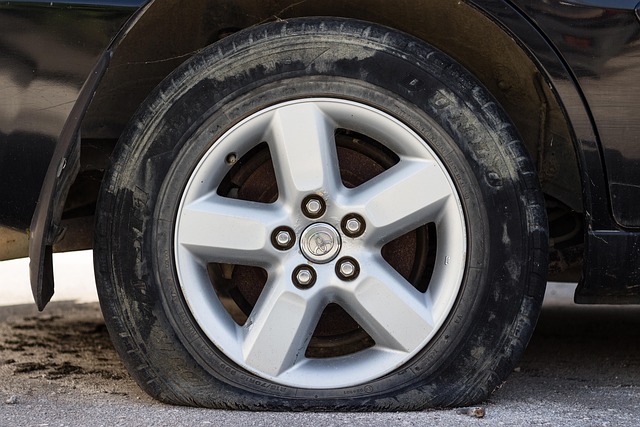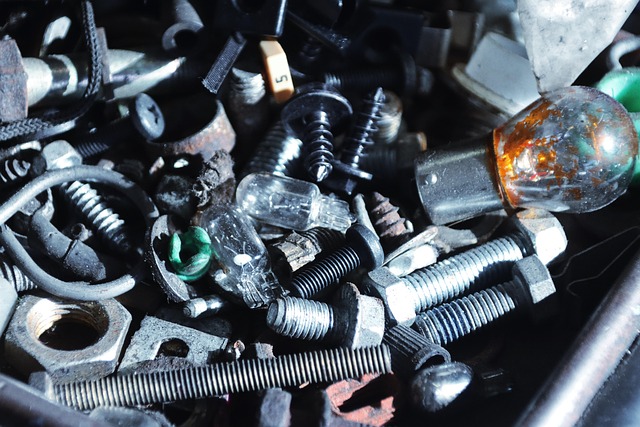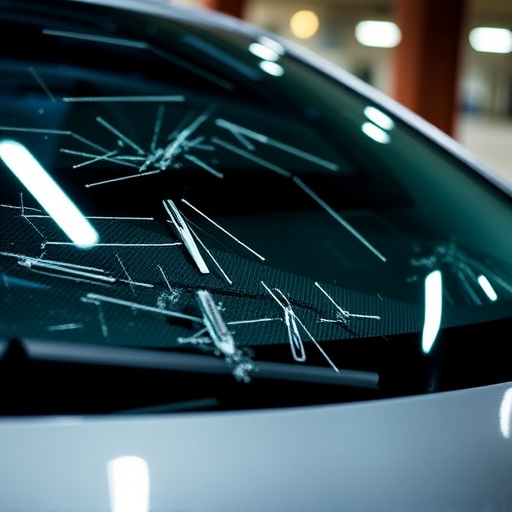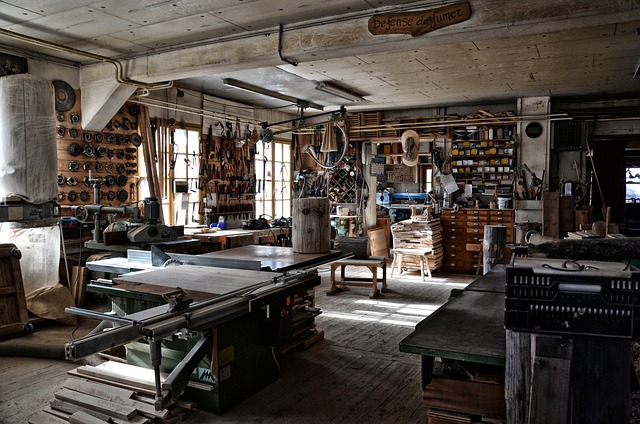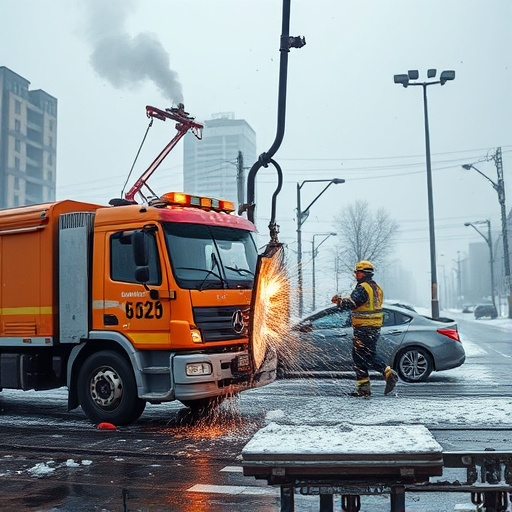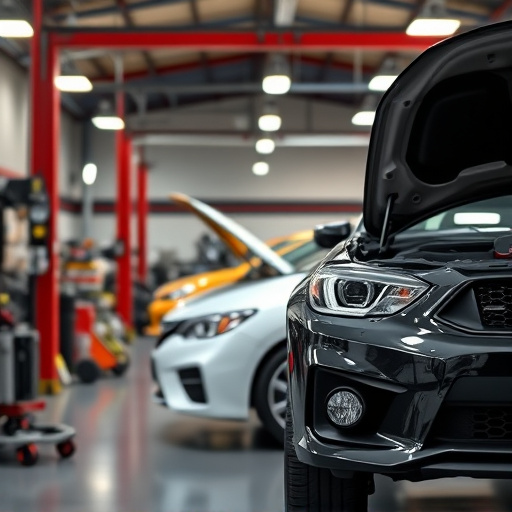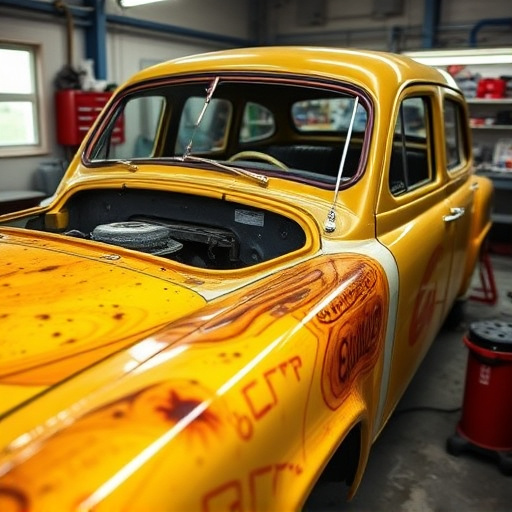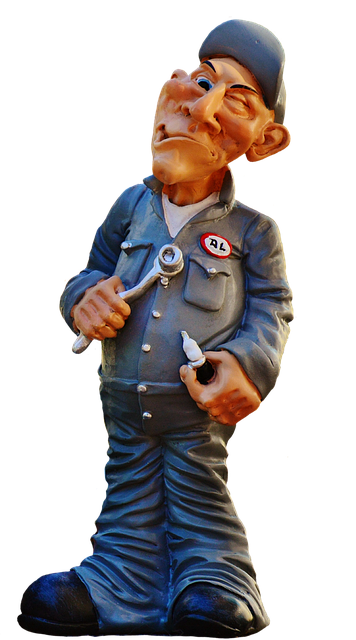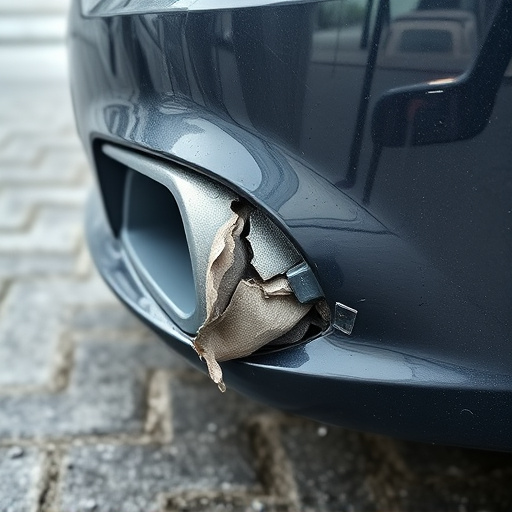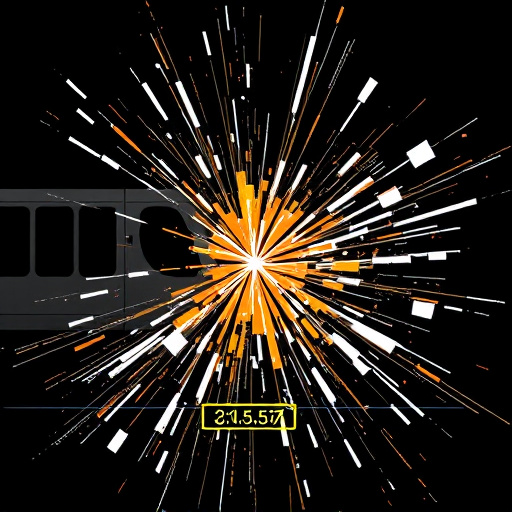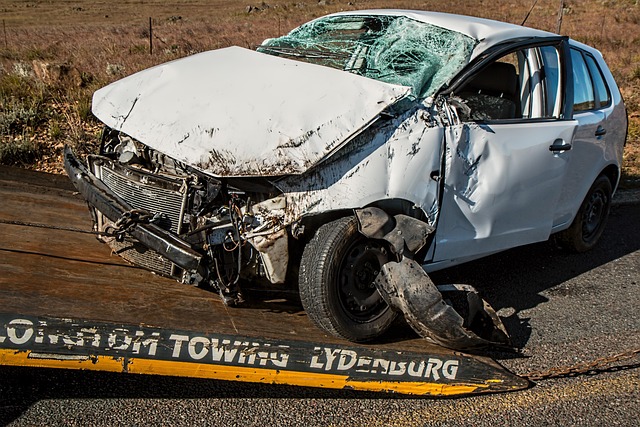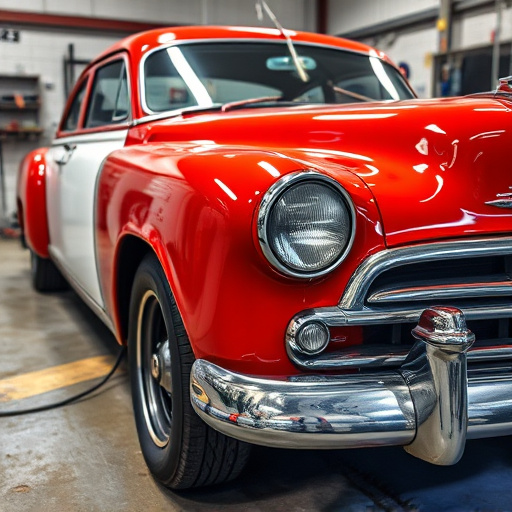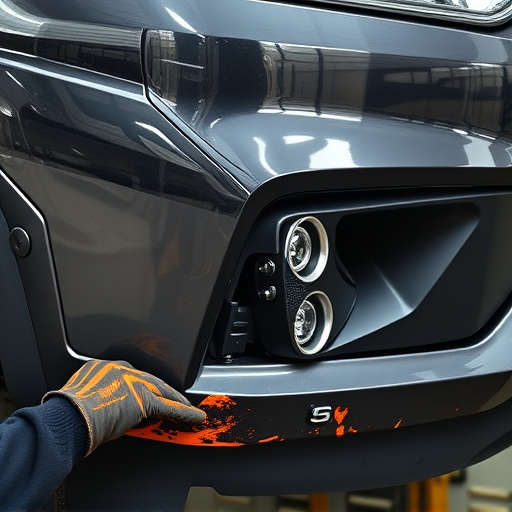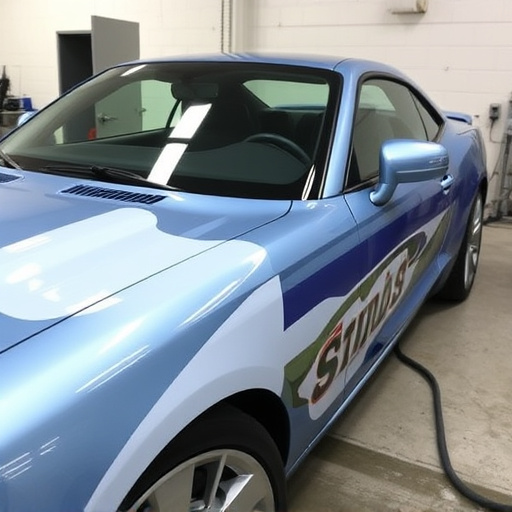A post-repair insurance inspection ensures auto body repairs meet industry standards and protect your investment. Involving an expert inspector, it verifies quality, checks for discrepancies, ensures safety compliance, and prevents future issues. Preparing includes documenting repair work with photos and descriptions, presenting the vehicle in clean condition, addressing temporary fixes, and providing clear documentation to streamline the process. The goal is accurate billing, avoiding delays or disputes, while restoring your vehicle to pre-accident condition.
“Unsure about post-repair insurance inspection? This complete beginner’s guide is your go-to resource. Discover the intricacies of this crucial process, designed to protect your investment after repairs. Learn what post-repair insurance covers, how to prepare for the inspection, and navigate the steps with ease. Avoid common pitfalls and ensure a smooth experience. Get ready to confidently oversee your repair project’s final check.”
- Understanding Post-Repair Insurance Inspection: What It Covers
- Preparing for Your Post-Repair Insurance Inspection
- Navigating Post-Repair Insurance Inspection Process and Common Pitfalls to Avoid
Understanding Post-Repair Insurance Inspection: What It Covers
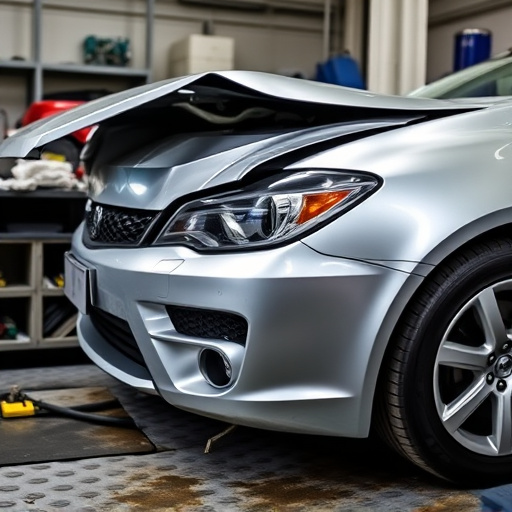
A post-repair insurance inspection is a crucial step after any auto body repairs, ensuring that work was done to industry standards and protecting your investment. This process involves a detailed evaluation by an expert inspector who verifies the quality of the repairs, checks for any discrepancies or oversights, and ensures compliance with safety regulations. It’s not just about checking if a vehicle looks good; it also covers functional aspects like proper alignment, paint thickness, and structural integrity after vehicle dent repair or mercedes benz collision repair.
For instance, in the case of auto body repairs, the inspector will assess if panels are correctly fitted, if paint jobs are even and free from defects, and if all mechanical systems function optimally. This comprehensive review is designed to prevent future issues, safeguard your warranty, and provide peace of mind that your vehicle, whether a classic or modern model like a Mercedes Benz, has been restored to its pre-accident condition.
Preparing for Your Post-Repair Insurance Inspection
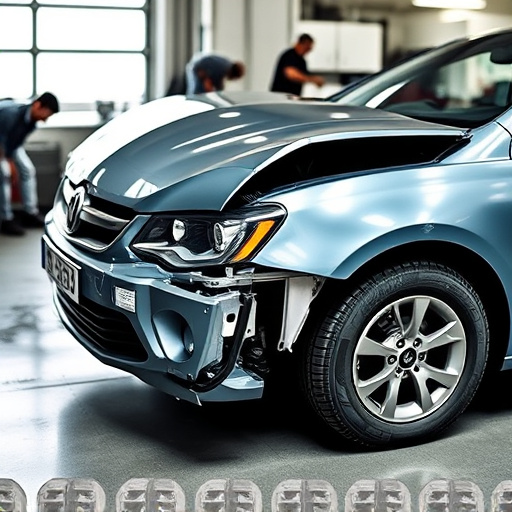
Preparing for your post-repair insurance inspection is a crucial step that can significantly impact your claim’s outcome and future repairs. Before the inspector arrives, thoroughly document every aspect of the work done, including before-and-after photos, detailed descriptions of parts replaced, and any technical specifications relevant to the auto body work or restoration process. This visual evidence will serve as a reliable reference for the inspection.
Additionally, ensure your vehicle is in a presentable state but don’t worry about making it perfect. The focus is on verifying the quality of repairs and the accuracy of billing, not on achieving showroom condition. Make sure all parts are properly secured, fluids topped up, and any temporary fixes from the repair process are addressed. Being prepared will help streamline the inspection process and potentially avoid delays or disputes with your insurance company.
Navigating Post-Repair Insurance Inspection Process and Common Pitfalls to Avoid
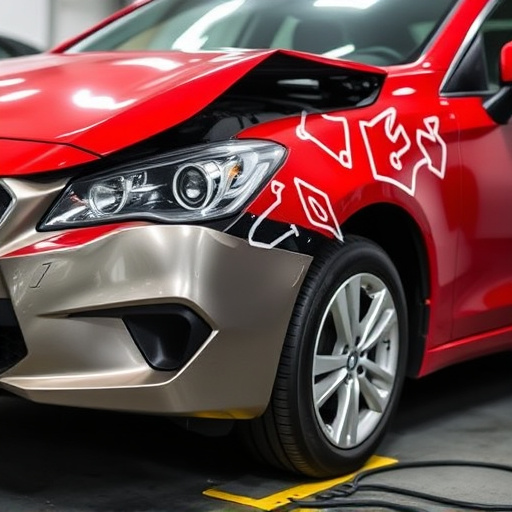
Navigating the post-repair insurance inspection process involves a series of steps designed to ensure both the quality of the work and the accuracy of your claim. It’s crucial to understand this process, as it can significantly impact your reimbursement or settlement. Begin by gathering all documentation related to the repair, including estimates, photographs, and parts receipts. Present these to the insurance inspector, who will thoroughly examine the vehicle, verifying the work performed against the estimated costs.
During this inspection, be mindful of common pitfalls. One frequent issue is miscommunication about what’s covered under insurance. Always clarify with your insurer and the repair shop what repairs are included and any exclusions or deductibles. Another pitfall is not documenting damage thoroughly before and after repairs. Make sure to take photos of all relevant areas, including both visible and hidden parts, to support any future claims or discrepancies. By being proactive and informed, you can ensure a smoother post-repair insurance inspection experience.
A thorough post-repair insurance inspection is pivotal in safeguarding your investment, ensuring repairs meet expected standards, and facilitating seamless claims processes. By understanding what’s covered, preparing adequately, and navigating the process astutely, you can protect yourself from unexpected issues and maintain peace of mind. Remember, a well-prepared and informed approach to these inspections is key to benefiting fully from your post-repair insurance coverage.
